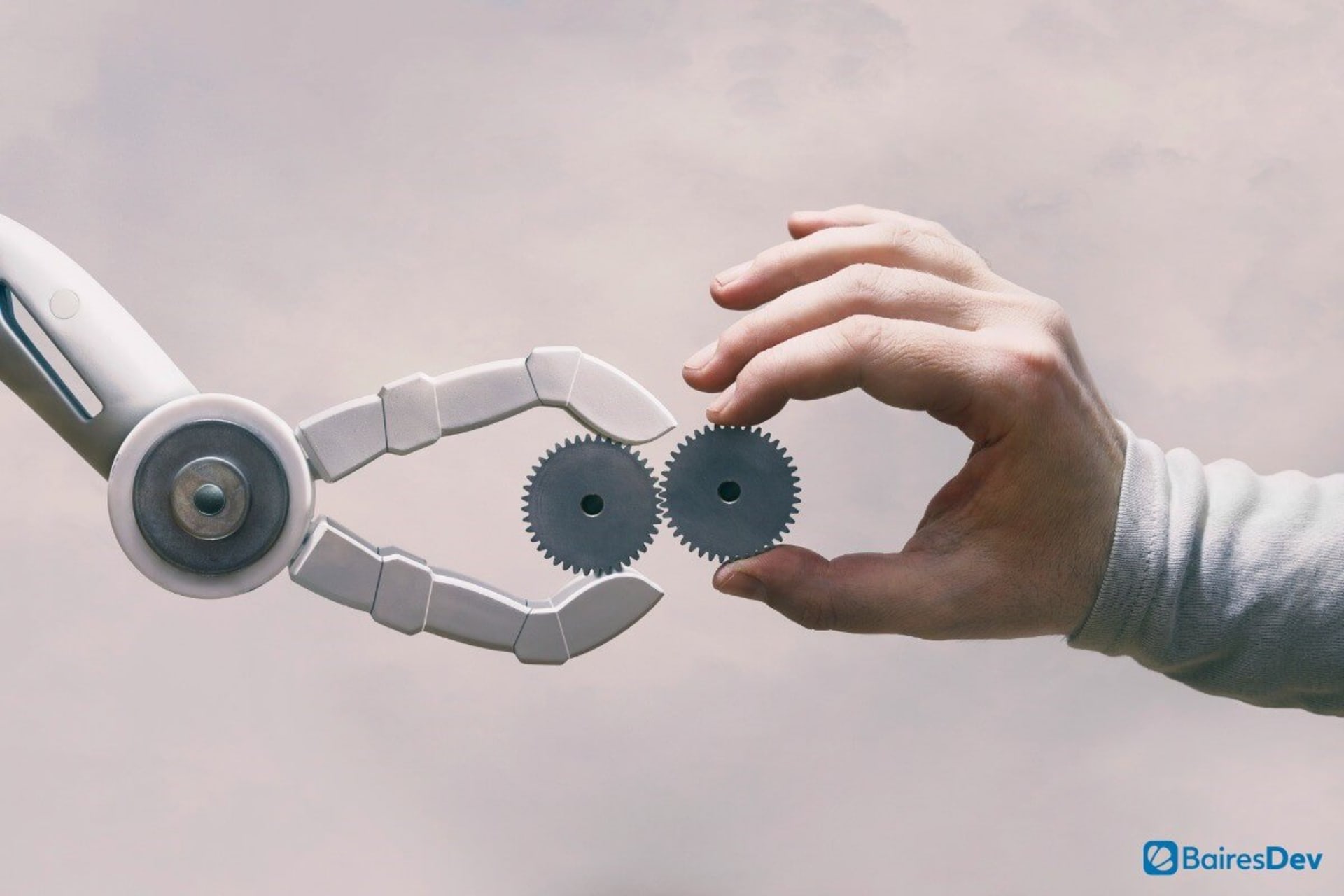Robots are no longer just something you see in sci-fi movies and TV shows. They’re present in homes and businesses and will become more prevalent in 2022 and beyond. While the world of robotics may still seem futuristic and unfamiliar, business leaders would do well to explore how they can contribute to the organization’s success.
The combination of speed and accuracy with which robots can operate enables companies that use them to reduce their error rate and increase efficiency, resulting in higher-quality product development, lessened need for quality control, lower costs, higher profitability, and greater customer loyalty. In the following sections, we examine some other ways in which robots can support businesses.
Take Over Jobs Humans Don’t Want
Robots can often take over repetitive or boring tasks, leaving humans to do more fulfilling work, such as high-level strategizing. The number of duties robots can take on is nearly limitless, including building cars and other machines, assembling and mailing products from warehouses, heavy lifting, and working with dangerous chemicals.
Robots in the form of intelligent computer programs — often referred to as bots — can go a long way toward helping companies advance their customer care while relieving representatives of repetitive tasks. There are many opportunities for enabling customers to have their issues taken care of automatically, but the quality of such automated service is critical to customer loyalty. The right bot can guide customers through many predictable processes, such as returning an item or setting up an account.
Keep Workers Safe
The COVID-19 pandemic has put a strain on companies as they’ve tried to determine how to keep employees at a safe distance from each other. Robots are the perfect solution in some cases because they reduce the need for human involvement, ensuring fewer people in each space. For example, many processes can be converted to robot-driven tasks, relieving the need for humans to be packed closely together, as in assembly lines.
On top of the specter of a deadly virus, many jobs are dangerous in other ways. Factories often house heavy, hot, sharp, or otherwise hazardous machinery that could injure humans, but not robots. Crews at construction sites are subject to other types of danger, including heavy building materials. Additionally, some jobs include working with dangerous chemicals, or processes such as welding or foundry.
Robots can be programmed to do many of these tasks, reducing the potential harm to humans. As the following video points out, safety is one of the primary reasons to use robots.
Robots can even go beyond keeping workers safe to keeping them healthy. Nanorobotics is an emerging specialized area of robotics dealing with tiny machines that can be used in medicine, such as to attack cancerous cells or deliver drugs to specific internal body parts.
Improve Business Flexibility
In a highly competitive business environment with many fast-moving complexities, companies that have the ability to quickly adjust will thrive. Such agility includes a keen understanding of market forces, teams that are amenable to change, and the right technology. By taking over a wide range of tasks, robots are one of those technologies that can improve business flexibility in many industries.
- Agriculture. Robots in different forms, including drones, can be used to harvest produce, provide care to plants, and, using attached sensors, send information to farmers to determine the needed levels of water, nutrition, and pesticides.
- Automotive. The automotive industry uses robots for the assembly process and product testing. Assembly may involve welding, painting, coating, sealing, lifting, and material removal.
- Education. As in other fields, robots can take over repetitive tasks such as vocabulary building. They can also help students with special needs, even those who may not otherwise be able to participate in many classroom activities.
- Healthcare. Robots are helping with surgeries that require great precision and accuracy, physical therapy following procedures, and in the form of exoskeletons to help with patient mobility and recovery.
- Manufacturing. Robots can build and assemble anything from candy to computers. In conjunction with human counterparts, they can perform specialized tasks that require great precision.
- Transportation. Robots can be incorporated into vehicles, resulting in self-driving cars, or cars that have some self-driving abilities, such as automatic braking, lane correction, and adaptive cruise control.
- Utilities. Drones, a type of robot, can help utility crews after a storm by quickly and safely identifying areas in need of repair. Drones can also help with maintenance tasks, such as surveying solar panels for damage.
But What About the Humans?
Will robots replace humans? Experts say no, because the existence of robots actually creates as many jobs as it removes. Granted, the jobs may be in different areas. For instance, a robot at a factory may replace one or more human workers, but the need for upgrades to the software that runs robots creates the need for more software engineers. So, just as with other technologies, the number of jobs may not change much, but their distribution will shift.
Another reason the feared scenario of robots entirely replacing humans is unlikely is that the need for human connection will never go away. Though robots can perform certain tasks in medicine, for example, they can’t provide the compassion and reassurance that comes from dedicated healthcare professionals. Similarly, the human touch is essential in fields like psychology, hospitality, education, entertainment, and some aspects of customer care.
The use of robots has other disadvantages too, including constant electricity use, limitations in their programming, and the expense of purchasing and maintaining them. Each business leader must weigh these cons with the pros mentioned in the sections above. While robots are interesting and potentially highly useful, the decision to use them should be made with the same careful consideration of a company’s needs, abilities, and budget that would be employed for any other critical decision.
If you enjoyed this article, check out one of our other AI articles.







